How to Remove Dead Skin from Feet
Many people have trouble getting rid of dead skin on their feet, especially if the dead skin is thick and tough.
This article will discuss what causes dead skin on feet, the difficulties of removing it, and the most effective way to do it.
Let’s get started.
What causes dead skin on the feet?
Dead skin cells are the body's way of protecting the underlying tissues, and they form a protective barrier, preventing infection and moisture loss.
Dead skin cells on our feet result from constantly being exposed to air and moisture, and causes them to slough off more quickly than other parts of our bodies that don't have as much exposure to these two elements.
You may notice dead skin on the bottom of your foot looking dry, cracked, loose, or hanging. In most cases, it's not painful unless there's an infection such as athlete's foot or eczema.
If you believe that's the case, talk to your doctor. If you want to remove dead skin for cosmetic reasons or because it is more comfortable, check the following treatments and remedies for removing dead skin.
Treatments and remedies to remove dead skin from feet
There are many treatments for dead skin on the feet, so it is important to find the right one for you. The best treatments are those that include exfoliating and moisturizing the feet, as well as regular application of foot cream.
Here are some of the best treatments for removing dead skin.
1. Pumice stones

A pumice stone, made from hardened lava after a volcanic eruption, is rough, porous, and abrasive. It is often used to exfoliate and get rid of dry skin, resulting in softer and smoother skin.
Here's how to use it:
- Soak the feet for ten minutes in warm water so they're softer to exfoliate.
- Put the pumice stone in water and gently scrub in a circular motion.
- Pumice stones should never be used on injured or sore areas. If you feel any pain, stop using it.
- Finally, hydrate with skin oil or moisturizer.
2. Moisturize
The leading cause of cracked feet is a lack of moisture, making the skin less flexible and prone to drying out.
The prevention of dry feet is always better than treating the issue. Moisturizing foot lotion is essential to keep your feet happy and a way to fix dry feet if included in your night routine, so it works during the night, and your shoes don't interfere with its effect.
While making sure you pick a foot moisturizer that fits your needs, consider getting a product with a long-lasting moisturizing effect and rapid absorption. If you are looking for a fragrance-free option, it is best to use one that contains:
- Jojoba oil
- Glycerin
- Lactic acid
- Hyaluronic acid
3. Foot soaks

Warm water helps soften the skin, making it easier to exfoliate dead skin. You can use different products with warm water to have a better result. To start, put a basin in the sink and add enough warm water to submerge both feet above the ankle, then add the product you find more fitting to your needs. For example:
- Epsom salt softens your skin and slows bacterial growth.
- Vinegar is naturally antibacterial.
- Jojoba and coconut oil help dry feet by repairing the skin barrier damage.
- Coconut milk and honey are great moisturizers.
4. Heel Files

Heel files work similarly to pumice stones to remove dead skin from your feet to make them look smooth and healthy, and they can even help avoid painful calluses.
Here's how you should use them:
- Start by soaking your feet in warm water.
- Rub the file in circular motions on the hardened skin until it softens (avoid using it on itchy or sore skin).
- Remove dead skin and moisturize.
5. Electric Callus Remover

The electric callus remover is the easiest because it requires less physical effort. The roller comes in contact with the skin and leaves a smooth finish. An excellent quality of these is the waterproof feature making the electric callus removers easy to wash and use.
Here are some of the best electric callus removers you can buy:
Summary
Dead skin on the feet is the body's way of protecting the underlying tissues, and it sloughs off more quickly than other parts of the body. Treatments for dead skin on the feet include exfoliating and moisturizing the feet, as well as regular application of foot cream.
Pumice stones are another effective way of removing dead skin from feet. Pumice stones are rough, porous, and abrasive, and are used to exfoliate and get rid of dry skin. But they should never be used on injured or sore areas.
Moisturize your feet every day to prevent dry, cracked feet. Warm water helps soften the skin and exfoliate dead skin cells. Use Epsom salt and vinegar to slow bacterial growth and repair the skin barrier damage.
Heel files are an effective alternative to pumice stones. A good electric callus remover will leave a smooth finish and is easy to wash.
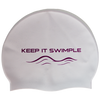
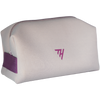
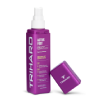


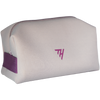
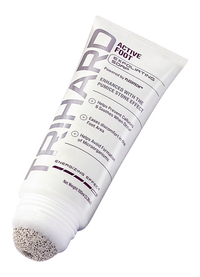



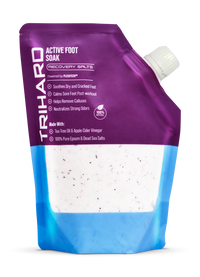




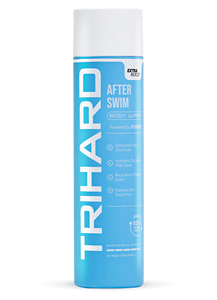
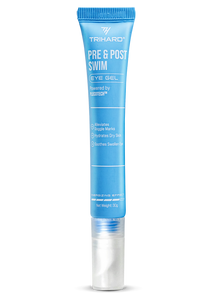
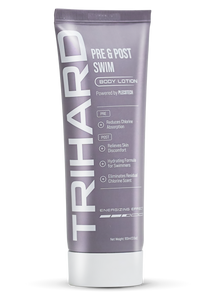

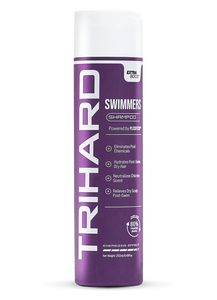










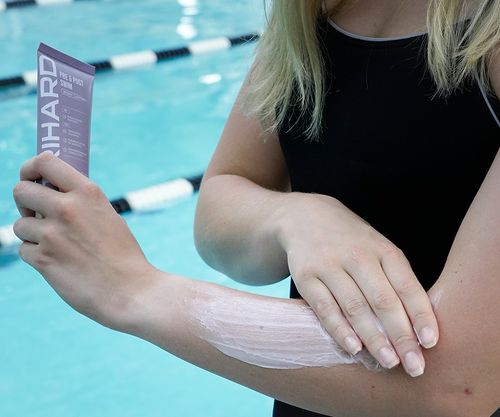



Dejar un comentario